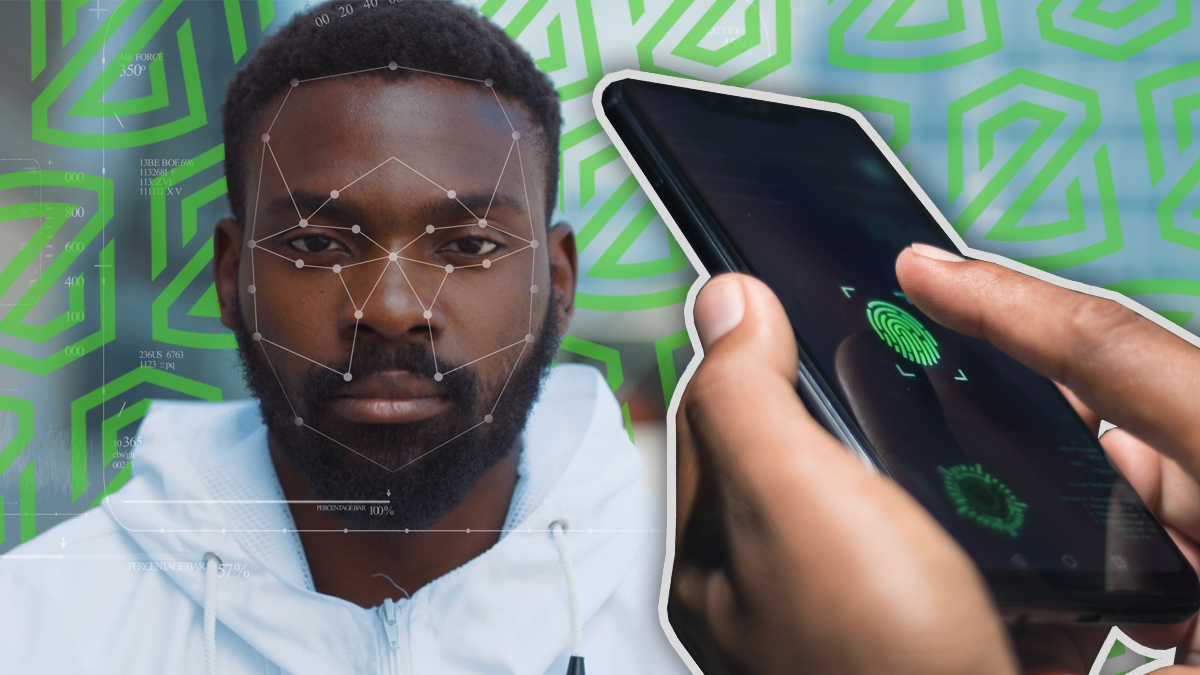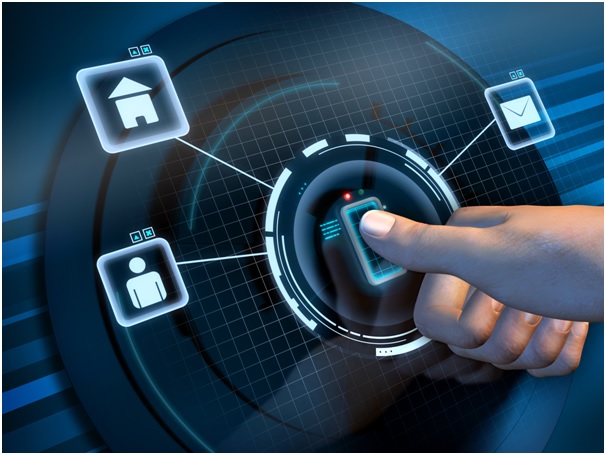
Since 2013, the security world recognizes the first Thursday of May as World Password Day—promoting better password habits such as changing passwords, moving to more complex passwords, and turning on multi-factor authentication (MFA) to improve digital security.
In advance of this year’s World Password Day, ZorroSign is proud to remind our users that ZorroSign’s platform not only accommodates complex passwords and MFA, but also supports “password-less” logins!
How?
First, ZorroSign leverages the biometric security of Apple and Android mobile devices to login to the device (and ZorroSign app) with hardware biometric capture features such as face, fingerprint, and iris scans. Such biometric login facilitates password-less user authentication at the device-level for subsequent ZorroSign digital signatures and document management.
Further, our multi-chain blockchain platform can validate multiple dimensions of authentication based on the transaction security needs:
- What you know — your ZorroSign login password or knowledge-based authentication
- What you have — your PC or mobile device
- Who you are — biometrics such as finger prints, eye iris on the device securing who can access it
ZorroSign’s dynamic knowledge-based authentication (KBA) feature—provided by LexisNexis—requires the knowledge of private information of the individual to prove that the person providing their identity information is the actual person.
With ZorroSign’s user authentication options, it is almost impossible for an imposter to sign a document on the ZorroSign platform, ensuring:
- Legal Enforceability — Using digital signatures with real digital information
- Signature Attribution — Incorporating high-level security provisions and multifactor authentication (including biometrics) to ensure signatory attribution to a specific user
To learn more about our password-less login capabilities and how ZorroSign provides superior privacy and data security with our blockchain platform, contact us today or sign up for a Free 14-Day Trial to see for yourself!
